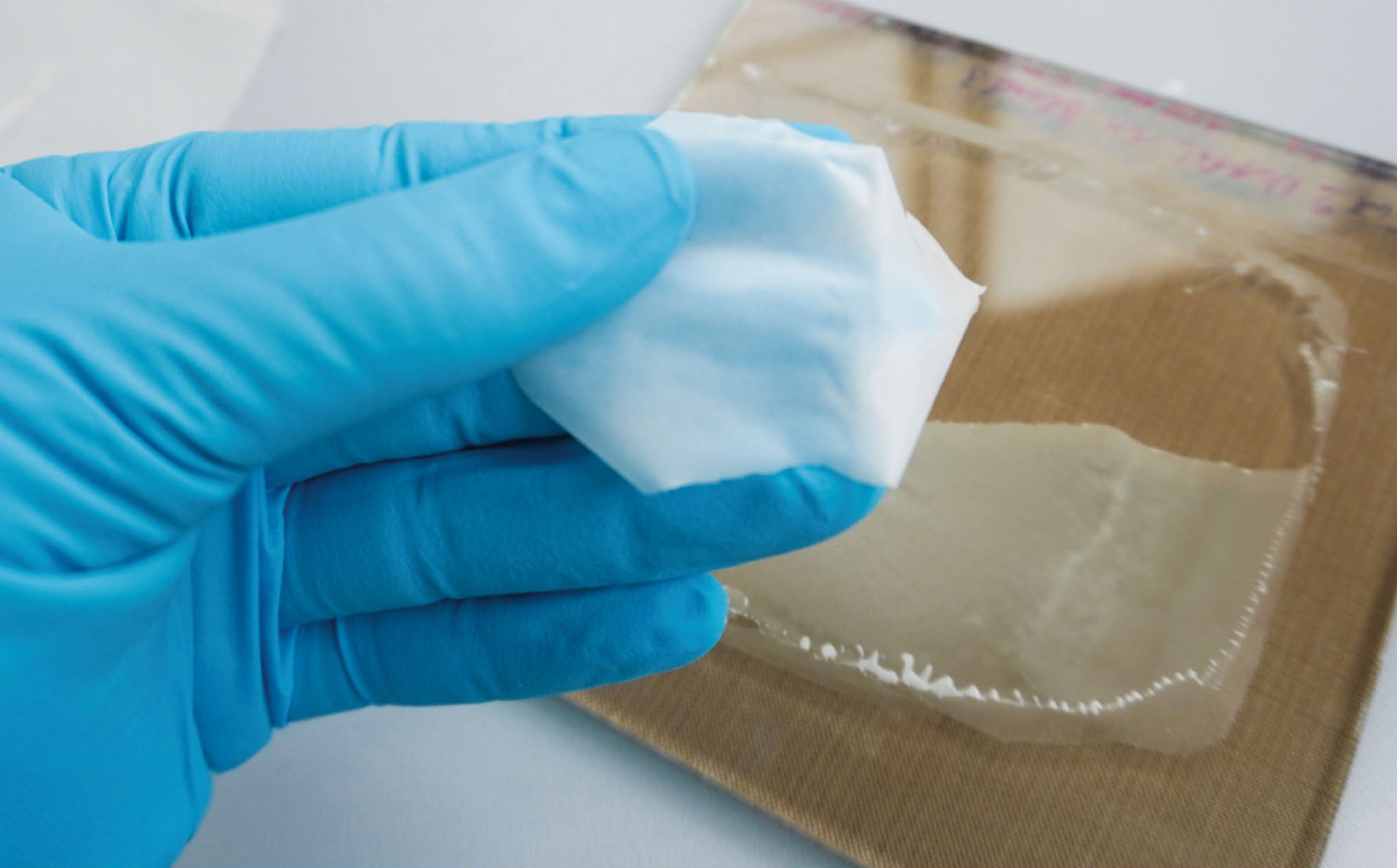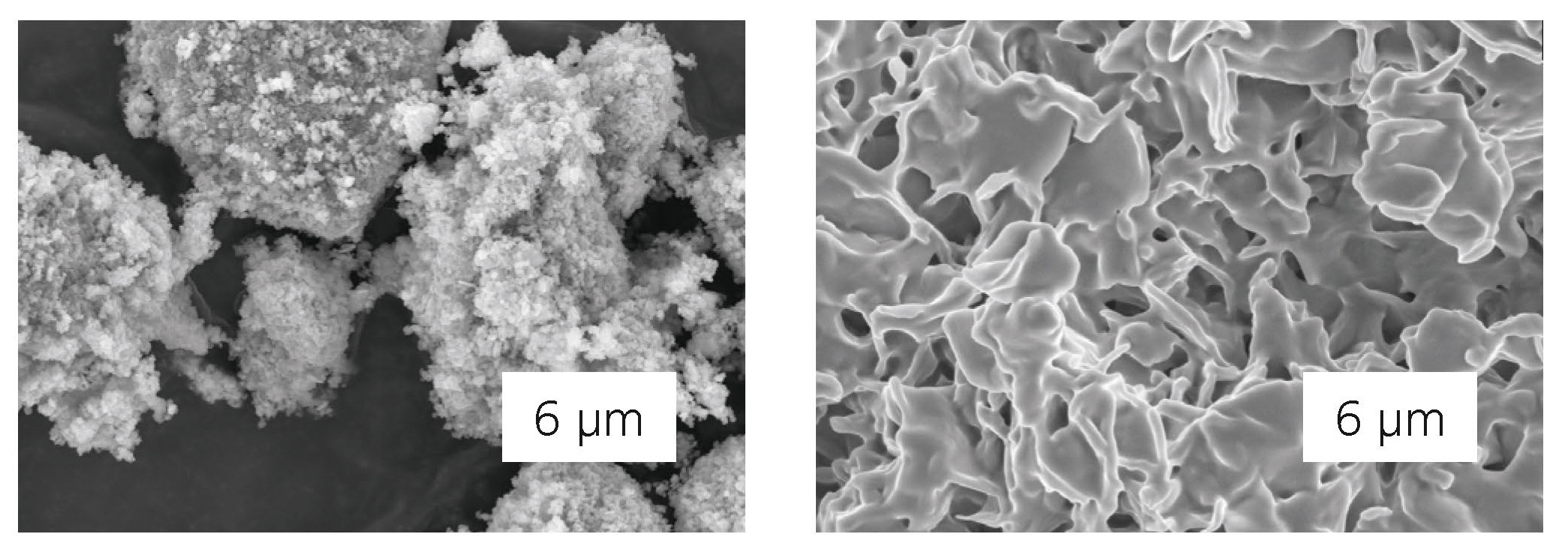
Composite electrodes and layered oxides: utilizing the potential of sodium batteries
Current research




Research on Na-ion batteries has gained considerable momentum in recent years and is increasingly establishing itself in the research landscape alongside traditional Li-ion cell concepts. Na-ion batteries promise several advantages over Li-based systems, such as raw materials that are more readily available and less expensive. In addition, many manufacturing methods of Li-ion technology are transferable to Na-ion technology.
Composite electrolytes based on Na-β"-alumina
With their excellent Na-ion conductivity, solid oxide electrodes made of Na-β"-alumina have for decades represented the state of the art in high-temperature sodium batteries, mainly Na/NiCl2 and NAS®. But due to its fracture behavior, it has not been possible so far to use the material in Li-ion cell production techniques. Fraunhofer IKTS, in cooperation with Fraunhofer IAP, has developed a composite electrolyte which combines the high ionic conductivity and chemical resistance of Na-β"-alumina with the flexibility and processability of polymer electrolytes. The advantages of two worlds are thus combined to make Na-β"-alumina usable for all-solid-state cells. The prototype of such a composite electrolyte is shown in the following figures. The ionic conductivities of the developed prototyped are in the range of 10-4 S cm-1, looking promising already.
Layered oxides as a sustainable active material
In addition to the electrolyte, new cathode formulations are also being developed for use with solid-state electrolytes. The layer oxide NaxMnyO2 is used as active material. Compared with other material classes, layered oxides offer advantages such as the avoidance of critical raw materials, high work potentials or processability in air. The cycle stability of the layered oxides was increased to around 100 cycles – through doping and innovative synthesis processes in a pulsation reactor in cooperation with the company IBUTec. At the same time, the otherwise common addition of nickel or cobalt oxides was deliberately avoided.
The work presented on electrolytes and active material and cathode material has in recent years laid the foundation for developing near-product all-solid-state Na-ion batteries at Fraunhofer IKTS. This goal will be pursued further and may be reached in the next two years. The authors would like to thank the BMBF for financial support. (FKZ: 03XP0522A and 03XP0404D).
Supported by

